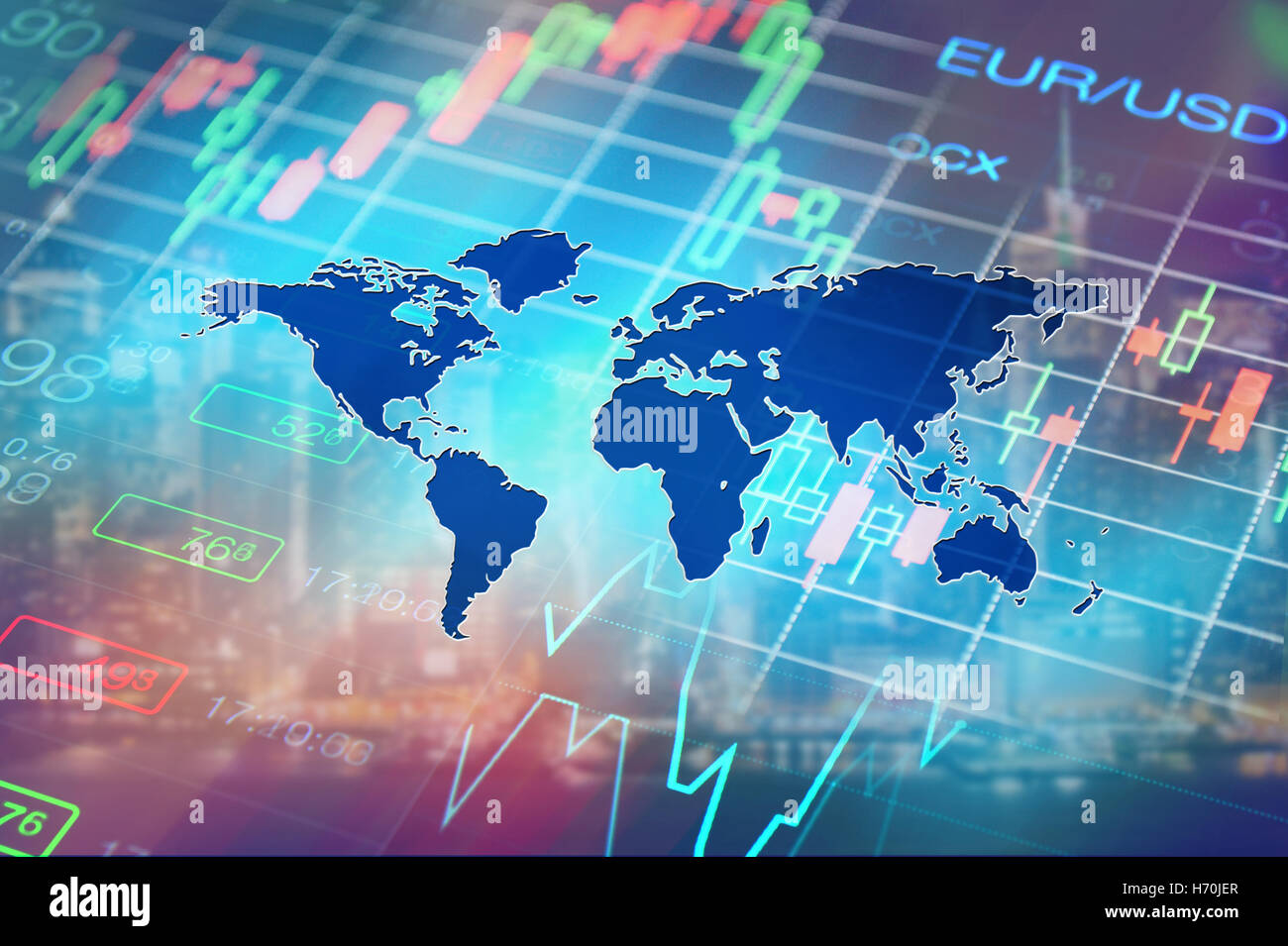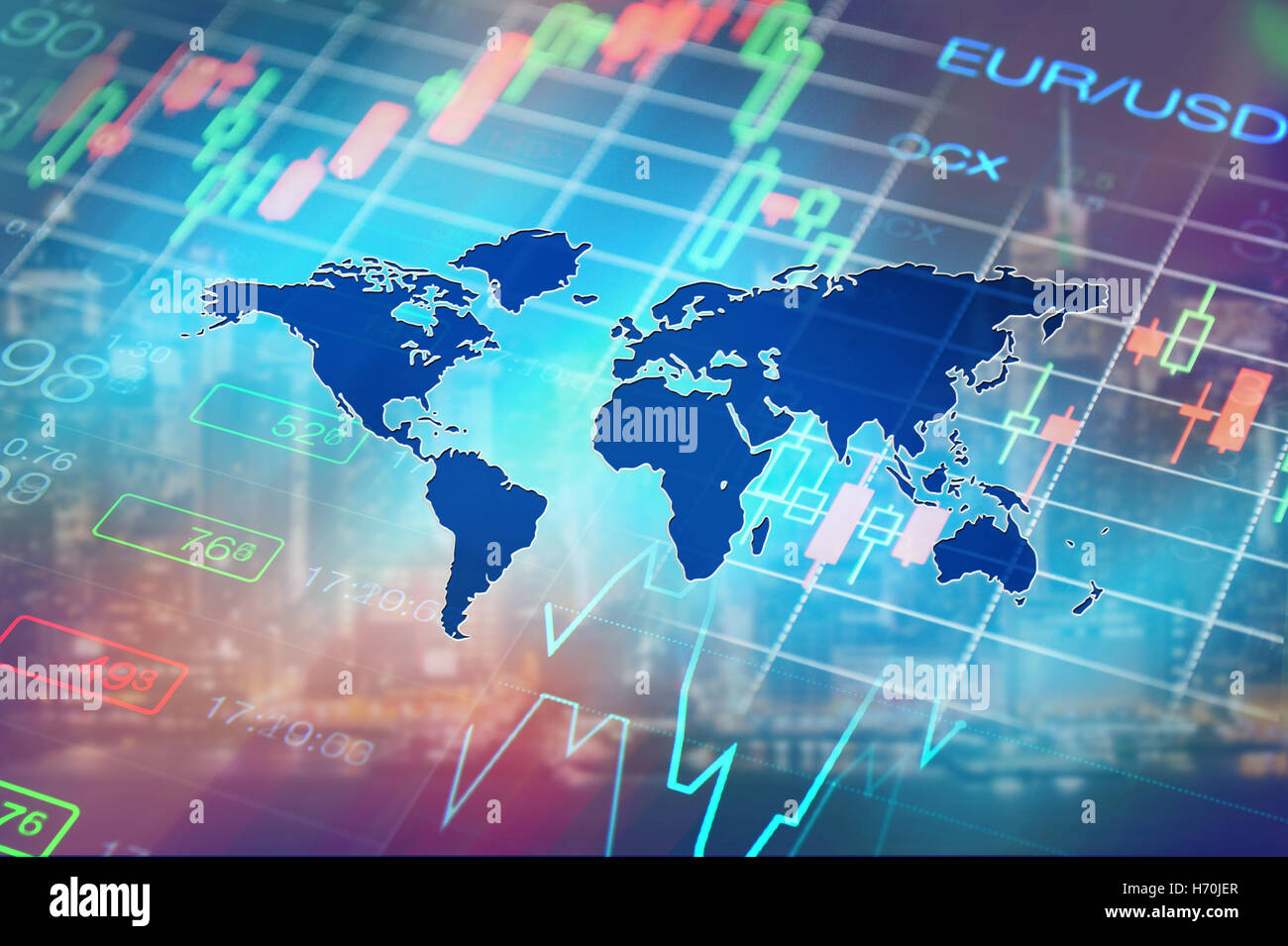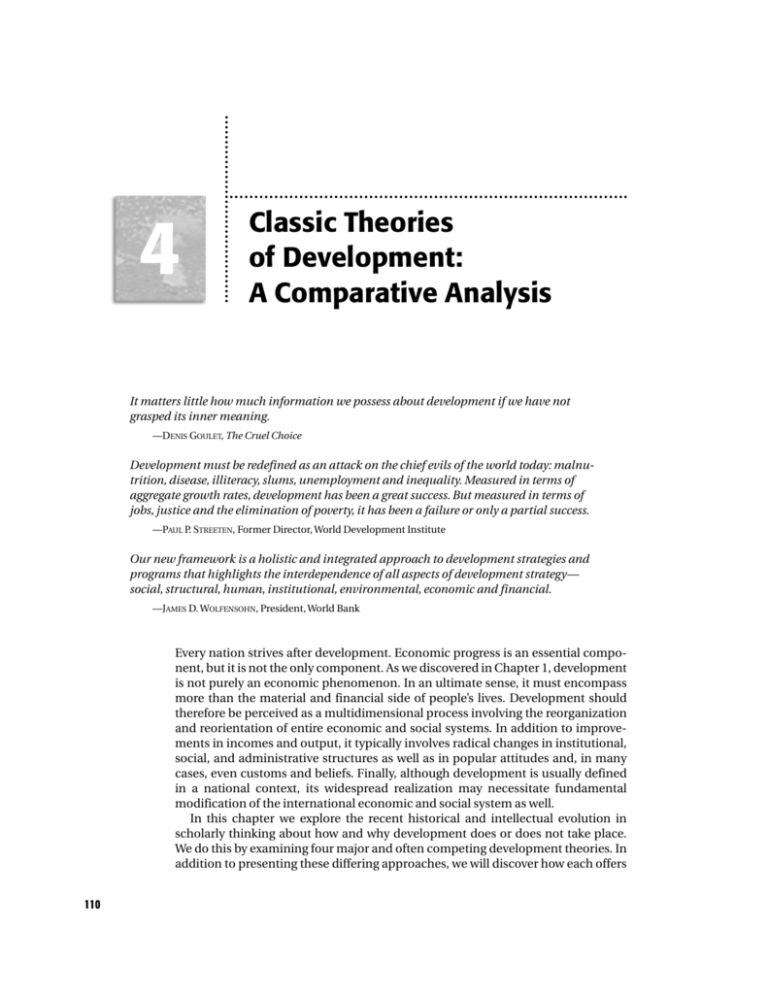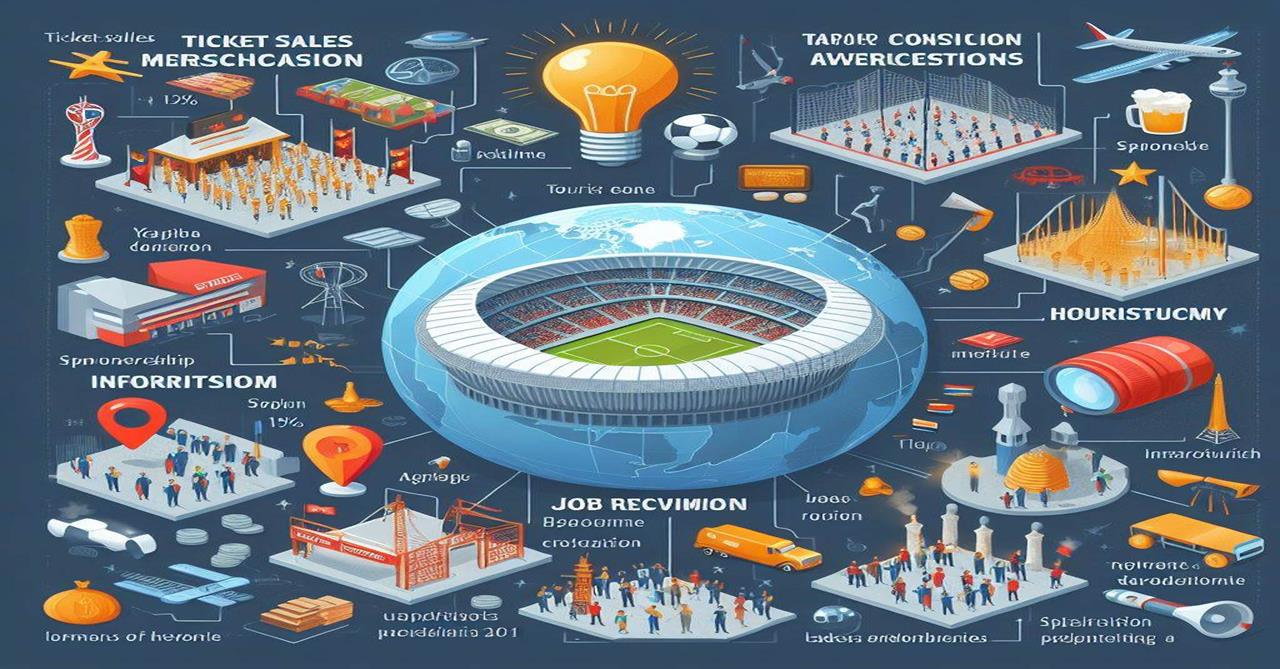
The Future of Global Financial Markets: Navigating Tomorrow’s Economic Landscape
Have you ever wondered what makes the world’s money move? Or how countries and companies trade and invest across borders? That’s the fascinating world of global financial markets. These are like the world’s biggest, most complex marketplaces where currencies, stocks, bonds, and other financial products are bought and sold 24/7. They connect economies, facilitate trade, and enable investment that drives innovation and growth worldwide.
But just like everything else, these markets are constantly changing. We’re on the cusp of a revolution, driven by technology, shifting global powers, and a growing focus on sustainability. Understanding these changes isn’t just for financial experts; it’s crucial for anyone who wants to grasp the future of our interconnected world.
This article will explore the exciting (and sometimes tricky) future of global financial markets, breaking down complex ideas into easy-to-understand concepts. We’ll look at the innovations shaping tomorrow, the new rules being written, and the challenges we’ll all need to navigate.
1. The Digital Revolution: Technology at the Helm
Perhaps the biggest driver of change in global financial markets is technology. From the way we buy stocks to how international payments are processed, digital innovations are transforming every aspect of finance.
Artificial Intelligence (AI) and Machine Learning (ML)
Imagine computers that can learn and make decisions faster and more accurately than any human. That’s the power of AI and ML in finance.
- Algorithmic Trading: AI-powered systems can analyze vast amounts of data in milliseconds to identify trading opportunities and execute trades, often leading to faster and more efficient markets.
- Risk Management: AI can spot patterns in market data that might signal potential risks, helping financial institutions make better decisions to protect their investments.
- Personalized Financial Advice: Robo-advisors (AI-driven platforms) can offer tailored investment advice to individuals based on their financial goals and risk tolerance, making professional guidance more accessible.
- Fraud Detection: AI is incredibly effective at identifying unusual transaction patterns that could indicate fraudulent activity, enhancing security for everyone.
Blockchain and Distributed Ledger Technology (DLT)
You might have heard of blockchain because of cryptocurrencies like Bitcoin, but its potential goes far beyond digital money. DLT is a super-secure way of recording information across a network of computers, making it transparent and very difficult to tamper with.
- Faster and Cheaper Transactions: Imagine international payments that clear in seconds instead of days, with lower fees. DLT can make this a reality by cutting out many middlemen.
- Enhanced Security and Transparency: Every transaction on a blockchain is recorded and viewable by participants, increasing trust and reducing the chances of errors or fraud.
- Tokenization of Assets: This means turning real-world assets like real estate, art, or even company shares into digital tokens on a blockchain. This can make them easier to buy, sell, and divide into smaller pieces, opening up new investment opportunities.
- Smart Contracts: These are self-executing contracts stored on a blockchain. They automatically fulfill their terms when certain conditions are met, reducing the need for lawyers and intermediaries in some agreements.
Fintech Innovations
Fintech (Financial Technology) refers to new technologies that aim to improve and automate the delivery and use of financial services.
- Mobile Banking and Payments: Most of us already use apps for banking and payments. The future will see even more seamless and integrated mobile financial services, allowing people to manage their money, invest, and pay bills from anywhere.
- Peer-to-Peer (P2P) Lending: Platforms connecting borrowers directly with lenders, often bypassing traditional banks, making loans more accessible and sometimes cheaper.
- Embedded Finance: This is where financial services are integrated directly into non-financial products or services. Think buying insurance for your new car right when you purchase it from the dealership’s app, or getting a loan offer while shopping online.
Cybersecurity: The Essential Shield
As finance becomes more digital, the risk of cyber-attacks grows. Protecting financial data and systems from hackers is paramount.
- Advanced Threat Detection: Financial institutions are investing heavily in AI and machine learning to detect and neutralize cyber threats before they can cause damage.
- Data Encryption: Ensuring that sensitive financial information is scrambled and secure, making it unreadable to unauthorized parties.
- Resilience Planning: Developing strategies to quickly recover from cyber incidents and minimize disruption to financial services.
2. Redrawing the Rules: The Evolving Regulatory Landscape
With all this innovation, regulators (the people and bodies that set the rules for financial markets) have a huge job on their hands. They need to balance encouraging new technologies with protecting consumers and ensuring financial stability.
Global Cooperation and Harmonization
Money moves across borders, but regulations often don’t. This creates challenges.
- Addressing Cross-Border Issues: Regulators are working together more to create consistent rules for international financial activities, making it easier for global companies to operate and harder for illicit activities to hide.
- Supervising Digital Assets: Cryptocurrencies and digital tokens don’t fit neatly into old rules. New frameworks are being developed to decide how to tax them, prevent their use in crime, and protect investors.
- Data Privacy: With so much data being collected, new rules like GDPR in Europe are setting standards for how financial companies can collect, store, and use personal information.
Focus on New Asset Classes: CBDCs and Stablecoins
Two major areas of regulatory focus are Central Bank Digital Currencies (CBDCs) and stablecoins.
- Central Bank Digital Currencies (CBDCs): Many countries are exploring or developing their own digital versions of their national currency (e.g., a "Digital Dollar" or "Digital Euro"). These would be issued and backed by the central bank, making them very stable and secure. Regulators are figuring out how these would work alongside physical cash and existing digital payments.
- Stablecoins: These are cryptocurrencies designed to minimize price volatility, usually by being pegged to a "stable" asset like the US dollar or gold. Regulators are keen to ensure that stablecoins are truly stable and transparent, especially if they become widely used for payments.
Consumer Protection and Financial Literacy
As financial products become more complex, protecting everyday people becomes even more important.
- Safeguarding Against Scams: Regulators are developing new ways to identify and shut down financial scams, especially those involving new technologies like crypto.
- Ensuring Fair Practices: Rules are being updated to ensure that financial products are clearly explained and suitable for the people buying them.
- Promoting Financial Education: There’s a growing emphasis on teaching people about money, investing, and the risks of new financial products so they can make informed decisions.
3. Green Finance and ESG: Investing with Purpose
One of the most significant shifts in global finance is the growing importance of sustainability and Environmental, Social, and Governance (ESG) factors. Investors and consumers are increasingly demanding that companies operate responsibly.
What is ESG Investing?
ESG stands for:
- Environmental: How a company impacts the natural world (e.g., carbon emissions, pollution, resource use).
- Social: How a company manages its relationships with employees, suppliers, customers, and the communities where it operates (e.g., labor practices, diversity, data security).
- Governance: How a company is led and controlled (e.g., board diversity, executive pay, transparency, shareholder rights).
The Rise of Sustainable Investments
- Investor Demand: More and more investors, from large institutions to individual savers, want their money to support companies that align with their values and contribute positively to society and the planet.
- Green Bonds and Loans: These are financial instruments specifically designed to fund projects with environmental benefits, such as renewable energy or sustainable infrastructure.
- Climate Risk Integration: Financial institutions are increasingly assessing how climate change (e.g., extreme weather, carbon taxes) could impact the value of their investments and loans.
- Transparency and Reporting: Companies are under pressure to be more transparent about their ESG performance, allowing investors to make more informed decisions.
Impact Investing
Beyond just avoiding harm, impact investing aims to generate a positive, measurable social and environmental impact alongside a financial return. This is a growing area where investors actively seek to solve global challenges through their investments.
4. Shifting Global Power: New Centers of Gravity
The traditional centers of financial power (North America and Western Europe) are still dominant, but new players are emerging, and geopolitical shifts are influencing market dynamics.
The Rise of Emerging Markets
- Economic Growth: Countries in Asia (like China and India), parts of Africa, and Latin America are experiencing rapid economic growth, leading to larger financial markets and more investment opportunities.
- Increased Trade and Investment: As these economies grow, they engage more in global trade and attract significant foreign investment, making their markets more interconnected with the rest of the world.
- Regional Financial Hubs: Cities like Singapore, Dubai, and Mumbai are growing as important regional financial centers, challenging the traditional dominance of New York, London, and Tokyo.
Geopolitical Influences
Global politics can have a significant impact on financial markets.
- Trade Relations: Tariffs, trade agreements, and disputes between major economies can affect currency values, stock prices, and commodity markets.
- Sanctions and Alliances: Economic sanctions against certain countries can redirect investment flows and create new trade routes. Global alliances can foster financial cooperation or competition.
- Resource Competition: Access to critical resources like rare earth minerals or energy sources can influence market stability and investment decisions.
The Blurring of East and West
While there might be geopolitical tensions, financial markets often remain intertwined. Money flows where it can find returns, and global supply chains mean that economies are deeply connected. The future will likely see continued efforts to balance national interests with the need for global financial stability.
5. Democratization and Accessibility: Finance for Everyone?
For a long time, sophisticated financial tools and investment opportunities were mainly for the wealthy or large institutions. The future points towards greater accessibility and inclusion.
Lowering Barriers to Entry
- Fractional Ownership: Apps now allow you to buy tiny pieces of expensive assets like shares in a company or even real estate, making investing affordable for almost anyone.
- Micro-Investing: Platforms that let you invest very small amounts regularly (e.g., rounding up spare change from purchases) encourage saving and investing habits.
- Easy-to-Use Platforms: User-friendly mobile apps and online platforms have simplified investing, making it less intimidating for beginners.
Financial Inclusion
Bringing financial services to underserved populations is a key goal.
- Mobile Money: In many developing countries, mobile phones are the primary way people access financial services, allowing them to send and receive money, pay bills, and even get micro-loans without needing a traditional bank account.
- Digital Identity: Technologies that allow people to prove their identity digitally can make it easier for them to access financial services, especially for those without traditional identification documents.
The Need for Financial Literacy
While access is increasing, understanding is crucial.
- Education is Key: As more people enter the financial markets, there’s a greater need for accessible and reliable financial education to help them understand risks, opportunities, and how to make smart money decisions.
- Consumer Protection: With so many new products and services, regulators and consumer advocates will need to work hard to ensure people are protected from predatory practices or products they don’t understand.
6. Navigating the Headwinds: Key Challenges Ahead
Despite all the exciting possibilities, the future of global financial markets isn’t without its challenges.
Market Volatility and Uncertainty
- Geopolitical Risks: Conflicts, political instability, and trade wars can create sudden and unpredictable shifts in market sentiment.
- Economic Shocks: Events like pandemics, energy crises, or sudden inflation spikes can trigger market downturns and recessions.
- Inflation and Interest Rates: Central banks’ decisions on interest rates to control inflation can significantly impact borrowing costs, investment returns, and economic growth.
Cybersecurity Threats
- Sophisticated Attacks: As financial systems become more digital and interconnected, they become more attractive targets for highly sophisticated cybercriminals and even state-sponsored hackers.
- Systemic Risk: A major cyber-attack on a critical financial institution could have ripple effects throughout the entire global financial system.
Systemic Risk and "Too Big to Fail"
- Interconnectedness: The very interconnectedness that makes global markets efficient also means that problems in one part of the system can quickly spread, potentially leading to financial crises.
- Regulation of Giants: Ensuring that very large, globally important financial institutions are stable and well-regulated remains a constant challenge to prevent future "too big to fail" scenarios.
Digital Divide and Inequality
- Uneven Access: While technology promises greater inclusion, there’s a risk that those without access to digital infrastructure or financial literacy could be left behind, widening the gap between the financially connected and unconnected.
- Job Displacement: Automation and AI might lead to job displacement in some traditional financial roles, requiring workforce reskilling and adaptation.
Conclusion: A Dynamic and Evolving Landscape
The future of global financial markets is undeniably dynamic, complex, and full of both immense opportunities and significant challenges. We are witnessing a fundamental transformation driven by technological innovation, a heightened focus on sustainability, evolving regulatory frameworks, and shifting global economic power.
For beginners, understanding these broad trends is the first step. It’s not just about stocks and bonds; it’s about how the world’s money flows, how technology is changing our daily financial lives, and how our collective values are shaping where capital is invested.
The financial world of tomorrow will be more digital, more interconnected, and hopefully, more inclusive and responsible. Navigating it successfully will require adaptability, a commitment to learning, and a keen awareness of both the incredible potential and the inherent risks that come with rapid change. The journey ahead promises to be nothing short of revolutionary.




Post Comment